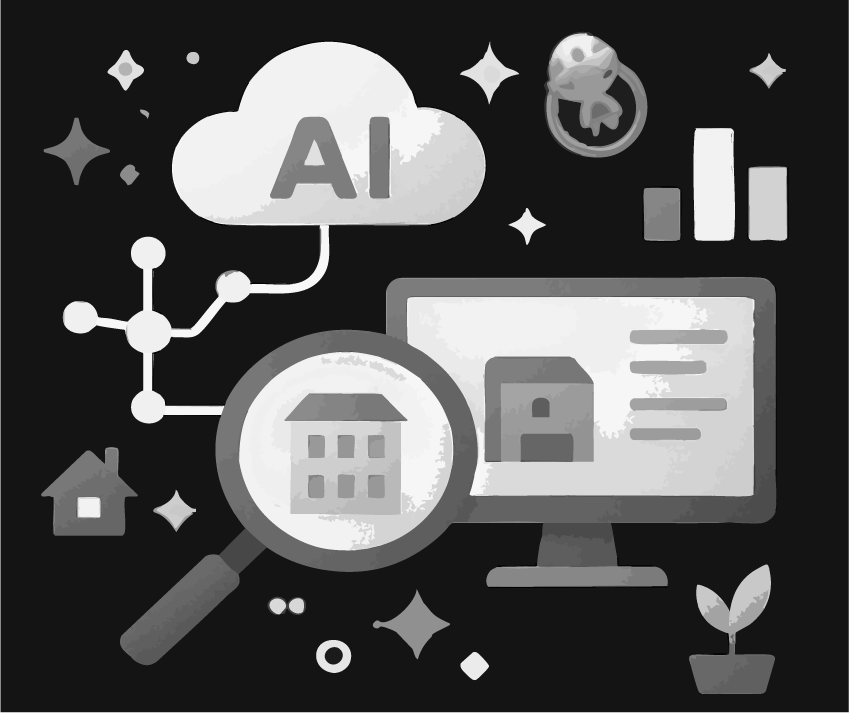Phase-Based Planning
The project began by defining a phased roadmap: Discovery, Feasibility & Design, Team Formation, Pilot Build, Validation, Production Deployment, and Scale & Reuse. Each phase includes specific activities and deliverables to ensure readiness before progressing. For example, Discovery focused on defining the business need and estimating ROI, while Feasibility assessed data quality and model fit.

